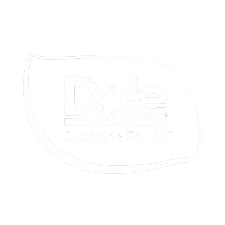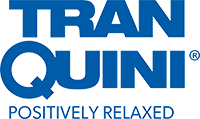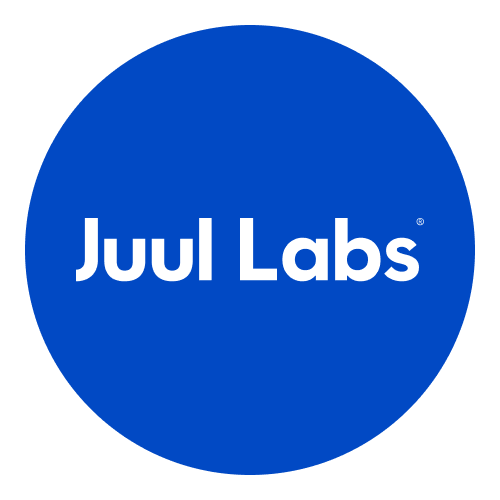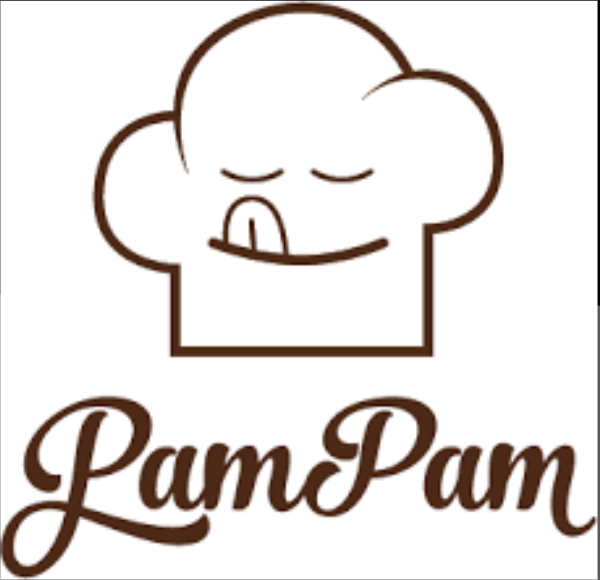The US food and beverage market is huge and if you’ve got what you believe to be a winning product on your hands, it’s the best place to do business. All too often though, companies get tripped up by the extensive US food labeling requirements. We’re here to make sure that you’re not one of them.
The FDA’s guidelines on this subject span over 130 pages of dense text. The bad news is, labeling requirements differ by product, so we advise you to read them. The good news is, this quick start guide will give you the strongest starting point for labeling your food and beverage product (and navigating the FDA’s manual or speaking to your partner).
Let’s dive into the essentials.
1. The Basics Of US Food Labeling Requirements
All food products have certain mandatory elements that need to appear on their labels. However, bear in mind, a few products might be exempt from some of these requirements (see Subpart A 101.9 of the FDA Food Labeling Guidelines for more on exemptions).
Here’s a snapshot of what should be on your label:
- Common name of the food: This is what the consumer identifies your product as. It should be prominently displayed on the Principal Display Panel (PDP) - think of this as the front face of your product.
- Net quantity of contents: Indicate how much of the product is inside, exclusive of the packaging. This goes on the PDP, and specifics about measurement units and placement can be found in Subpart A – §101.7.
- Ingredient list: This can be on the PDP or the adjacent information panel. Ingredients should be listed by weight in descending order. If an ingredient is made up of sub-ingredients, they can either be listed under the main ingredient or incorporated into the overall list. See Subpart A 101.4 for guidelines on naming.
- Name & location of the manufacturer, packer, or distributor: Whether you manufacture, pack, or distribute the product, your name and location need to be on the label, ideally on the PDP or the information panel. If someone else produces it for you, specify that relationship, e.g., “Manufactured for [Your Company Name]”.
- Nutrition Information: Typically found on the rear panel, this includes details on nutrients, vitamins, minerals, and macronutrients. Not every product needs this label, but it’s vital to check for exemptions.
Importing products into the US? Check out our end-to-end expert guide on how to smoothly food and beverage products to the US while avoiding common problems.
2. Panels Explained
Your food product label primarily consists of a couple of panels, each having its unique set of requirements:
- Principal Display Panel (PDP): This is the front of your product – the primary view consumers will see. It showcases the product’s name and net quantity.
- Information Panel: Located adjacent to the PDP, usually to its right. It contains the ingredient list and the name & location of the manufacturer, packer, or distributor.
In most cases (there are some exceptions), Nutritional Information should also be included on your packaging’s information panel, including nutrients, vitamins, minerals, and macronutrients.
3. Identity (Common Name) of the Food
You might have a snazzy brand name, but the FDA wants to ensure consumers know what they’re buying. That’s where the "Standards of Identity" come in. For instance, while you might market a product under a brand name like 'Vital Leaf', the PDP needs to specify it is “Chocolate”. It’s all about clarity for the consumer.

The FDA have strict definitions for different types of foods. These are listed in the “Standards of Identity”. It’s important that you label your food product correctly so be sure to review the standards and understand how your product will be classified.
4. A Note on Ingredients
When listing ingredients, those that comprise multiple elements can be tricky. You can either specify each sub-ingredient under the main ingredient or fold them into the overall ingredient list. The ingredients must be listed in descending order by weight.
Additionally, while some ingredient names might be quite a mouthful, the FDA does allow certain names to be shortened for ease. Always consult the FDA's guidelines for specifics. Alternatively, work with a local expert who can not only help you nail your label but give you an edge in every aspect of growing your F&B brand in the US.
5. Net Weight
The total amount of the actual food product should be clearly visible on the main display area, known as the PDP. This denotes the product's weight without considering its packaging.
The representation can be in the form of its weight, dimensions, quantity, or a mix of these. For liquids, units such as gallons, quarts, pints, and fluid ounces should be used. After mentioning the weight, it should be prefixed by "Net Weight".
The Net Weight must occupy the bottom 30% of the PDP and be printed horizontally.
6. Name + Location of the Manufacturer, Packer, or Distributor
The label has to include the name and location of the manufacturer, packer, or distributor.

If the company name on the label isn’t producing the product themselves, then you need to specify this. Let’s say that a contractor is manufacturing the product for you, then you would use an expression such as “Manufactured for [your company name]” to show another organization is doing the production.
You will also need to list your business address on the label. If your business address is in the phone book, you can get away with just listing the ZIP code.
Check Subpart A -- §101.5 for more nuances.
Ready to Launch Your Product in the US? Let GourmetPro Handle The Hard Work So You Can Focus On The Big Picture
Labeling might seem tedious, but getting it right is paramount for accessing the lucrative US food and beverage market. This guide offers a solid start, but always consult with experts or the FDA directly for detailed requirements. And if you need further insights, the GourmetPro network is here to help. Happy labeling!
FAQ For US Food Labeling Requirements
1) Does the USDA regulate food labeling in the United States?
No, the primary regulatory body for food labeling in the U.S. is the FDA (Food and Drug Administration). However, the USDA (United States Department of Agriculture) oversees certain areas, especially regarding meat, poultry, and egg products.
2) Does the US require GMO labeling?
Yes, the U.S. mandates labeling for certain foods derived from bioengineered sources. It's essential for manufacturers to be aware of and adhere to these requirements to ensure transparency for consumers.
3) What are the 5 requirements of a food label?
A compliant food label in the US must include:
- The common name of the food.
- The net quantity of the product.
- A comprehensive ingredient list.
- Name & location of the manufacturer, packer, or distributor.
- Detailed nutrition information.
Interested in navigating the intricacies of the US food market? Connect with GourmetPro, a dedicated network of seasoned food and beverage specialists, to effectively enter the US market and elevate your top opportunities!


%206.png)
.svg)






.svg)



.svg)
.svg)
.svg)
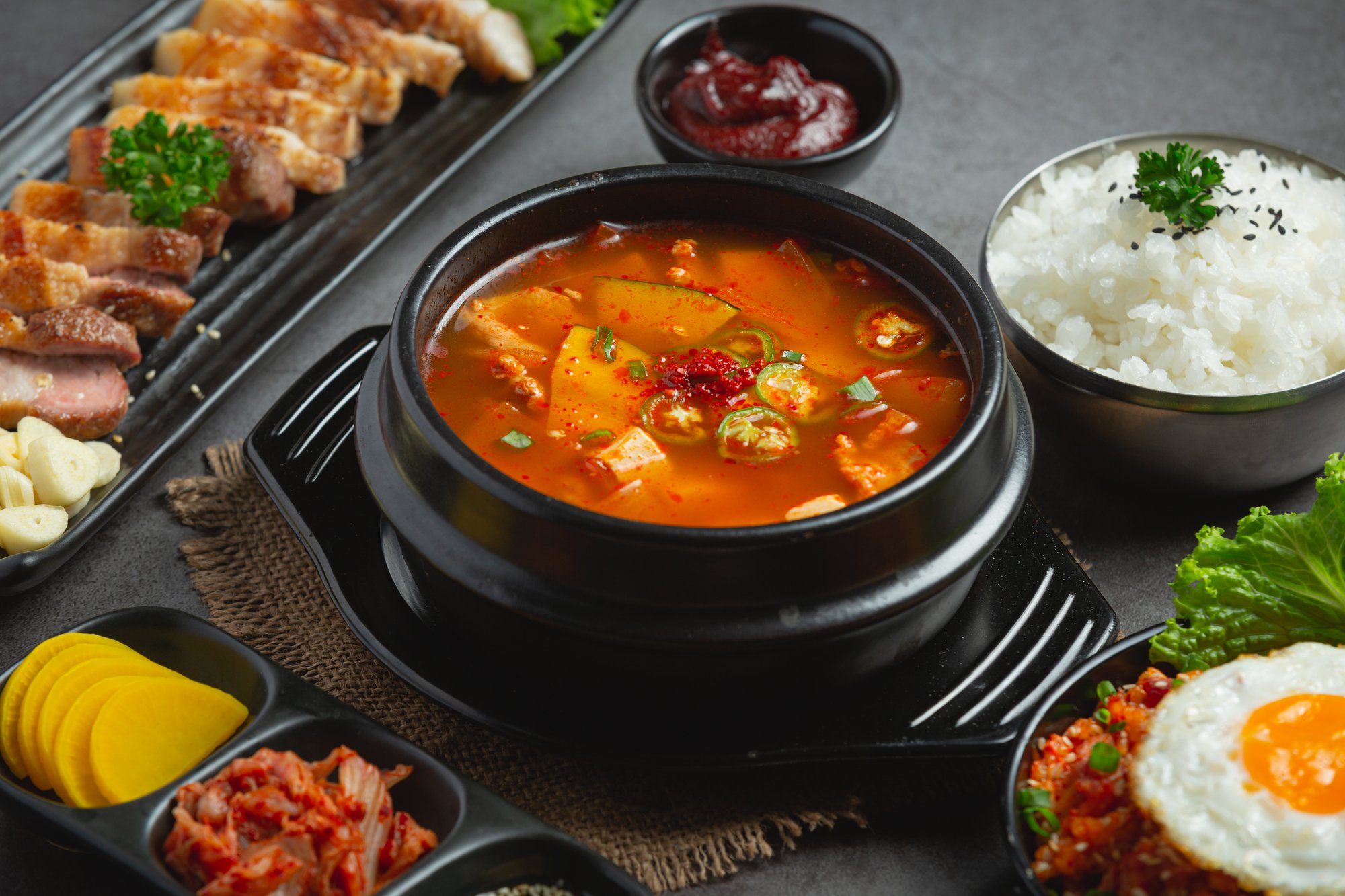
.svg)








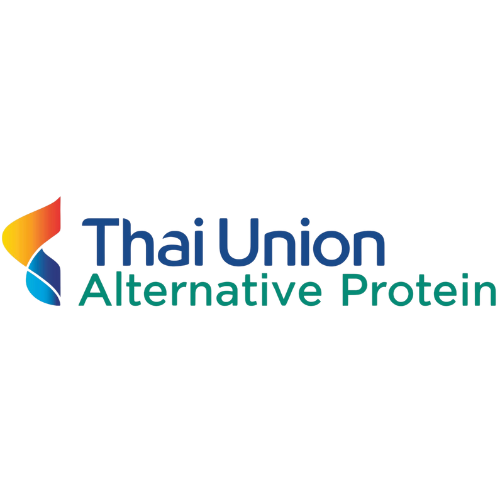
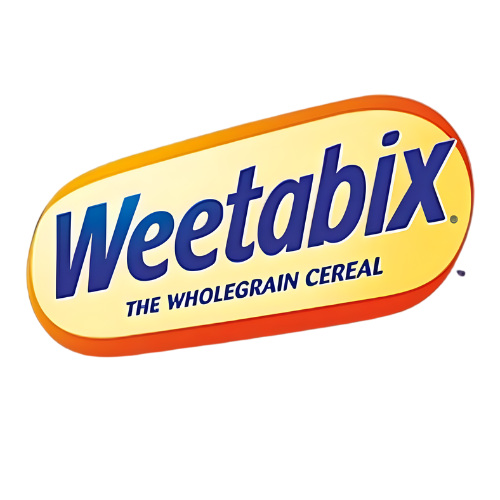









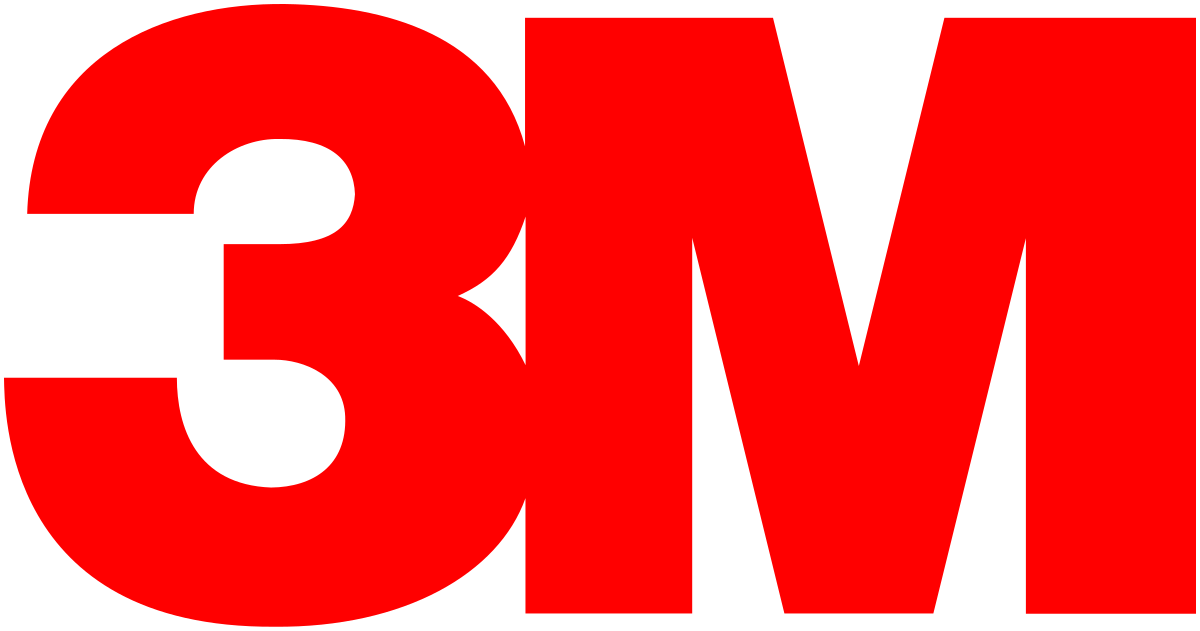



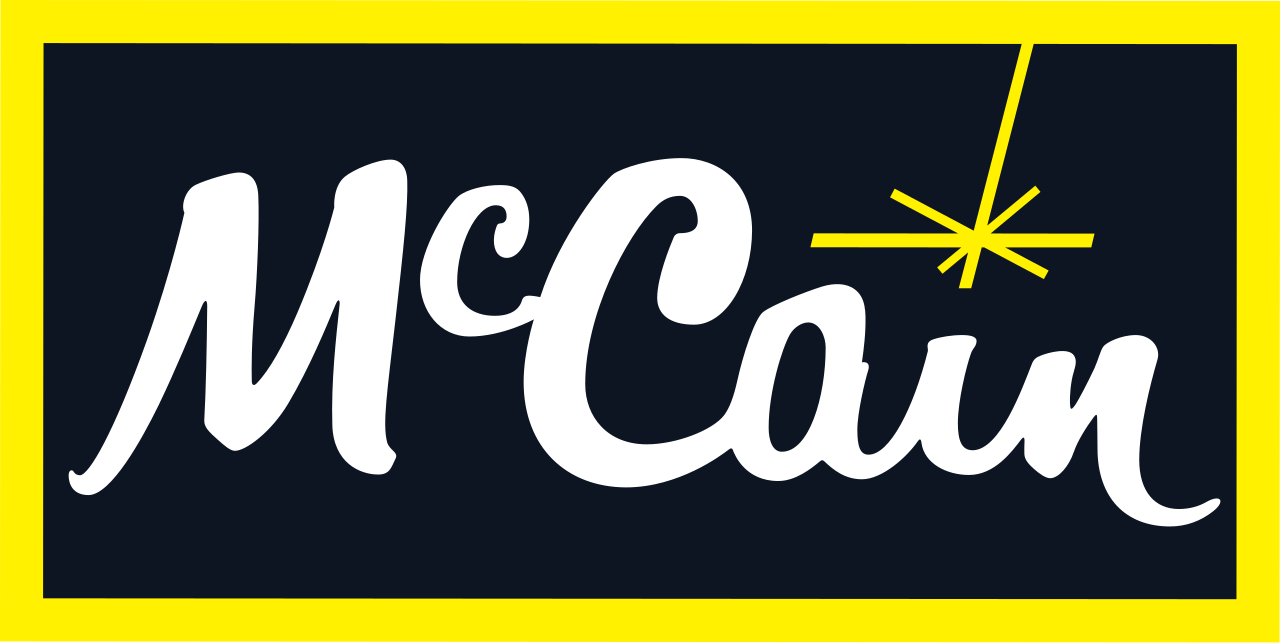





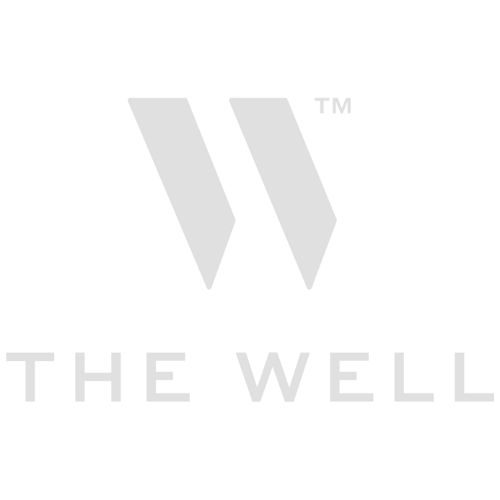

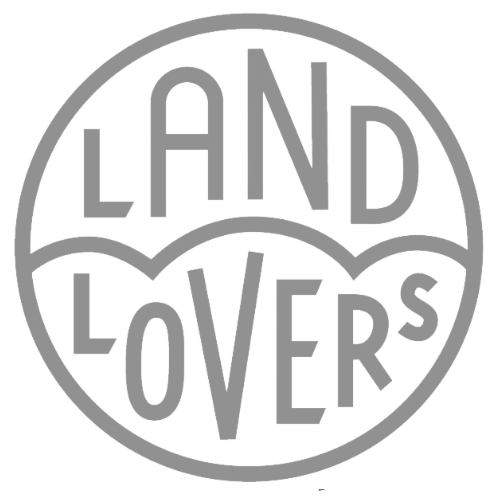







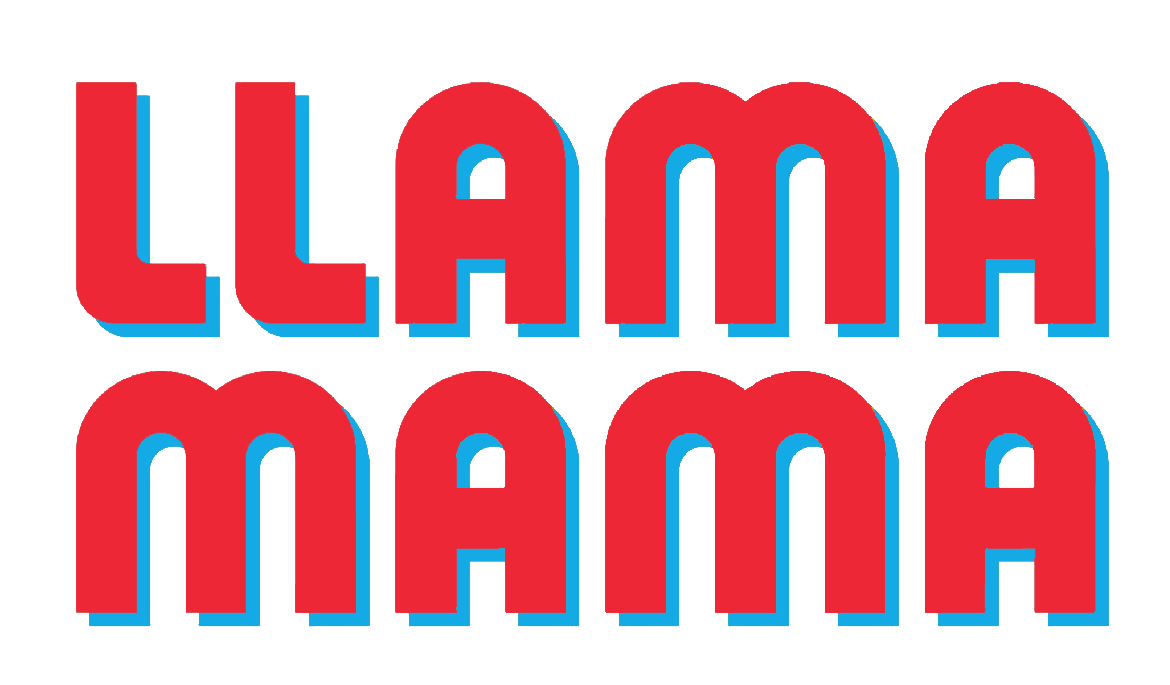
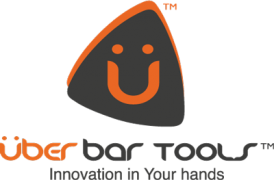






.png)




